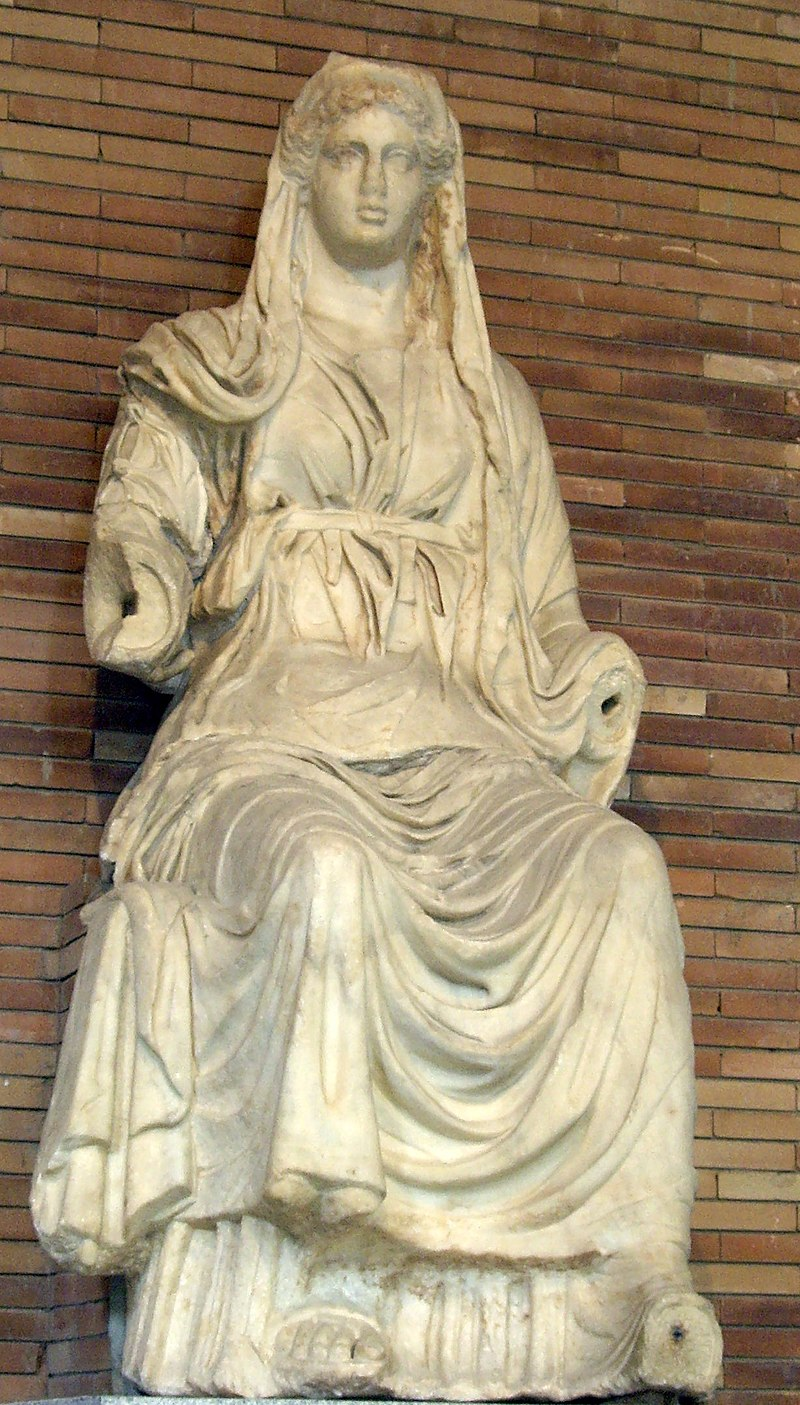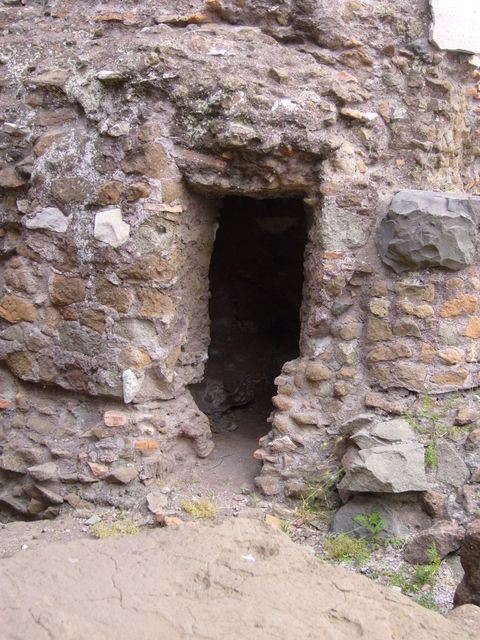Tag: Caduceus
-

Ceres, Roman goddess
In ancient Roman religion, Ceres was a goddess of agriculture, grain crops, fertility and motherly relationships. She was originally the central deity in Rome’s so-called plebeian or Aventine Triad, then was paired with her daughter Proserpina in what Romans described as “the Greek rites of Ceres”. Her seven-day April festival of Cerealia included the popular Ludi Ceriales (Ceres’ games). She was also honoured in the May lustration (lustratio) of the fields at the Ambarvalia festival: at…
-

Umbilicus and Mundus (Roman Forum) and a depiction of Ceres holding a caduceus on a CSA $10 note
The Umbilicus Urbis Romae (“Navel of the City of Rome”) was the symbolic centre of the city from which, and to which, all distances in Ancient Rome were measured. It was situated in the Roman Forum where its remnants can still be seen. These remains are located beside the Arch of Septimius Severus and the Vulcanal, behind the Rostra. Originally covered in marble, the Umbilicus is…
-

Tiresias was a blind prophet who was transformed into a woman for seven years
In Greek mythology, Tiresias was a blind prophet of Apollo in Thebes, famous for clairvoyance and for being transformed into a woman for seven years. He was the son of the shepherd Everes and the nymph Chariclo. Tiresias participated fully in seven generations in Thebes, beginning as advisor to Cadmus himself. Mythology Eighteen allusions to mythic Tiresias, noted by Luc Brisson, fall into three groups: the first recounts Tiresias’ sex-change episode and later his…
-

Turms, Etruscan equivalent of Mercury and Hermes
In Etruscan religion, Turms (usually written as 𐌕𐌖𐌓𐌌𐌑 Turmś in the Etruscan alphabet) was the equivalent of Roman Mercury and Greek Hermes, both gods of trade and the messenger god between people and gods. He was depicted with the same distinctive attributes as Hermes and Mercury: a caduceus, a petasos (often winged), and/or winged sandals. He is portrayed as a messenger of the gods, particularly Tinia (Jupiter), although he is also thought…
Recent Posts
- 🧬 Disease Table with Low Sodium Connection
- 🧂 Sodium Reduction and Sodium Replacement: A History of Reformulation and Exploding Diseases, Including Many Diseases Unheard of Before Deadly Sodium Policies
- 🧂 The DEADLY 1500 mg Sodium Recommendation predates the WHO’s formal global sodium reduction push by nearly a decade (and it’s even worse than that)
- 🧬 What Is Beta-Glucuronidase?
- When Sugar Was Salt: Crystalline Confusion and the Covenant of Sweetness
Tags
ADAM ASPARTAME Birds Blood Bones Brain Bugs Cancer Columba Cows crystallography Death Death cults Eggs Etymology Gastrin Gold Growth hormone History Hormones Insulin Liver Mere Perplexity Metal Monkey Business Mythology Paracetamol Plants Poison Pregnancy Protein Religion Reproduction Rocks Salt Slavery Snakes Sodium the birds and the bees Thiocyanate Tobacco Tylenol Underworld Venom zinc
